Translations
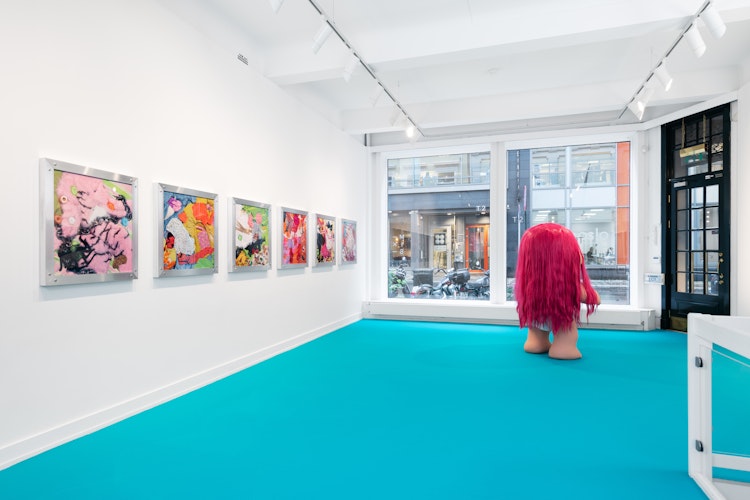

Whenever you read about In Search of Lost Time by Marcel Proust, perhaps the most celebrated piece of art ever made, you’ll always be confronted by that damned Madeleine cake. This banal item evoked all those memories, which concluded in the literary masterpiece. This cake, this symbol of an object that triggered a spiderweb of thoughts into more than four thousand pages, in a volume of seven novels, makes a mantelpiece of the masterpiece. It’s a crutch for the non reader to imagine what could have been if one had taken the effort of actually enduring the marathon itself, instead of clinging to the banality of the symbol that so obviously evoked it. Though this instinct in the reception of the complexity of the whole is moronic, it is a healthy sentiment, because it exposes how the readymade has transformed itself into a tool, defining our reminiscent aptitude towards any labyrinthine totality, thus producing a gateway for reading, a teaser for the chase after the grand caboodle. A writer will always complicate the banality of life to generate an elementary basal notion. What is basal is banal, though without the negative associations we’ll instinctively attach to the word. Banality is the evil twin of that which is basal. If the two are one egged or two egged doesn’t matter, they start the same notion; “back to basics.” They are the same, but not, and the rest of that discussion is a question of class. Banality brings matter down onto its knees, while what’s basal is through a clinical alchemy worthy of a pedestal. Where does the line between the two notions begin? Where does it end? It all has to do with the urges and interests of the people who heed to reduce something into nothing or elevate nothing into something.
By levitating a simple troll into a token with the same value as any souvenir melted into symbols of pretentious gratification in a culture obsessed with canonized semiotics, Anja Carr forces us and them to function as peacekeepers in a world where everything is finally equal. This happening in a time where the most defining human being in the world is the greatest human thesaurus of a troll. While the institutions are so desperate in their attempts to dig moats, gatekeeping the gap between the profound and the trivial, failing so hilariously it’s hard to keep laughing. They’re holding their breaths, because it’s all so in vain, and all through the strain the troll doll keeps standing and smiling, with open arms. And you just can’t let him go. Can you? No matter how much intellectual capacity you pretend to inhabit in your mediocre soul, Anja Carr’s troll sculpture is a Madeleine cake, because it triggers memories, and it teases the dream of any kid, to enlarge something that’s great to them already, by pushing their faces deeply into these miniature sculptures, inhabiting the frog perspective, to transform the toys into something gigantic. The artist though, decides to neutralize the troll, through a three dimensional pun, by dressing the life size sculpture in a diaper meant for old people...
Any intellectual venture is based on translating basic instincts into linguistic comprehension, by bridging the gap between the moats the intellectual gatekeepers of the big beast of banality keep generating so called meaning (think The Dozers of Fraggle Rock). By enlarging these objects she provokes the notion in the viewer; in either being reduced to a kid once again, rejecting the notion in annoyance, or accepting the situation as a spark to evoke memories of what was as what I used to be. Here she’s generating either a potential of the basal notion or the banal composition. Both are vulnerable for attack. My analytical approach to these objects is that of peace and play, belonging or normality, though for the unpolitically correct; the set off will be that of a Care Bear, a He-Man or a Barbie - the chaos of commerce induced into the life of the vulnerable and fragile, far too early.
These objects transformed into pieces of art, the pony toys enlarged to life size she displayed last year, or now the cute troll scaled into an intimidating size, have the potential of both being able to provoke or induce harmony. Through this act they function as triggers, which means provocations, though not only this. Because we’re reminded of the notion of playfulness in the premise of working with art, the generosity of that venture, without judgment or statement, and more importantly; without class or ownership. What is mediocre is morphed into something sublime, democratic in their essence, originating in an idealistic form related to any canonized object. The whole troll-venture started as a gift from a woodworker to his daughter. This is a replica, coerced as a totem of memoria, through the act of reassignment. The ownership is not that of the artist at hand, nor the Danish woodworker, who made the original troll from his own skewed perception of himself. Unlike the Madeleine cake, these merry troll dolls belong to everyone.They are, like any recipe, anarchistic in their nature, being generically reproduced from the basic notions of the caricature of the human face. Marcel Duchamp did not invent the Fountain. He named it. My Little Pony is the Trojan horse of the 20thcentury, the Troll doll the Madonna of the past century, as common references to domestic life for a vast region of the planet, still limited within a given culture. We try and we keep on trying to avoid this notion, in vain, because the banality of it all won’t allow us. The church has been built. We’ll mend it with care. It’s all part of our history, even if we don’t believe in it for a second.
I always wanted to reproduce Donatello from Teenage Mutant Ninja Turtles in life size in copper, letting it flounder in a humid garden somewhere, allowing the copper to oxidize into the natural patina of the turtle; green. I don’t have the balls for it like Mme Carr has. Instead I sit back and watch, enjoying the whole caboodle, because that’s what’s happening here; the zillion of the lot is exposed for what it is; heartbreaking monuments of what we are; troll dolls with diapers. And I laugh, with tears in my eyes and a lump in my throat, imagining that the trigger for a new In The Search For Lost Time would never be a damned and pretentious cake, but a simple toy, made in China or Denmark, or in another factory somewhere. The significant objects of the present don’t need a pedestal to be elevated, because they elevate themselves, with open arms, as all objects are equalized, like all human beings are democratized, in this brave new world.
We play with our personal items, our computers, our relations morphed into something they are not through the language of the PC or the Macintosh, through the so called smart phone. By morphing the mandate of the hashtag and the feed into an assemblage of suffocation, we as an audience receive a translation of the virtual values we define ourselves through, the desirable object forced down onto its real essence. We let ourselves be totally consumed by these distractions, we transform these methods of living into what is ours, and even more speculative; what is us. Then we pretend to dwell in an essence of being, by gliding on the surface of some form of plastic, forming ourselves into what we’re not, through a tradition which is not ours, skimming out the notion we quite deserve; that we are essential. We breathe, we live, we win, on the surface of matter. Gradually we’re letting snippets of text and random snaps specify reality itself, calling a spade for a spade. Again and again. Obviously we are valid and crucial, though not at all. Because it all depends. Doesn’t it? It’s confined within our own pretensions. Suddenly we’re devoid of meaning, because we’re defined by matter exclusively, not our relation to the matter of facts. How we let ourselves be obscured and controlled by our immediate surroundings, or how we distance ourselves from the ever evolving phenomenon of platitude, defines us. It doesn’t make a damn difference. The digital photograph destroyed photography itself, while the mass produced toy destroyed sculpture, and there’s no use in crying. Because it never happened, even though it did. What was destroyed was the status of the autonomous and precious gizmo, previously elevated like an albatross gliding over the endless ocean, presently probably sunken into a whirlpool of garbage in the Pacific trash vortex. New challenges emerges in the elephant churchyard of art, reinforcing a new order, without uniformity, nor array. The world is emulated, unavoidably the tyranny and aesthetics of now is mimicked, reducing art into a meme. In the reduction there’s meaning, because what’s chick and foxy now, probably will be the kitsch of tomorrow. What we define as trash in this moment of time will one day be precious beyond any emancipated object. This means one has to include what’s sordid and vulgar in the intellectual venture of translating life into form and thought. The crucial challenge of today is how we relate to each other, to what extent we allow ourselves to let what is in its naked form, be consumed within our essential selves. Allowing the conglomeration to metamorphose into a cardinal subject: That which is playing along, smelling the wind, harmonizing as much with what one is not, as what one is.
Anja Carr does this, perfectly, without regret or doubt, like an infant could. Amazed by it all; the cake, the troll, the process of the proximity, the material value of the spectacle. She becomes this, thus allowing us to follow along. Here a juxtaposition is conformed, a junction ingrained. You have to approach these works of art as you would do with a folk song, acknowledge that a folk singer can win the Nobel Prize at this moment in time. The linguistics and meaning of the words I’m writing right now is forced down to its knees, thus confirmed invalid. Because nothing can compete with this spectacle, we can simply dance past it, behind it, or even better; dance through it. Or with it.
We never seem to grow up, do we?
We shan’t.
- Kristian Skylstad, Villa Faraldi, 25 July 2018
Anja Carr's solo exhibition Translations at QB Gallery includes two different series on the walls, in addition to the main subject in Kristian Skylstad's exhibition text (the troll sculpture with the same height as the artist). All 17 works are produced in 2018 and never exhibited in Oslo before. The first series is bodily “translations” from objects to surfaces: Costumes and props from performances and personal belongings are forced into thick, self-made aluminum frames, appearing - from a distance - almost as flat as photographs, continuing Carr's ongoing photo-series started in 2013, documenting her performances (a selection is available in the gallery's storage). An opposite translation takes place in the second series, where photo-series of different people are printed on PVC-canvas (normally used for banners in the advertising industry), each person cut out and sewn together, forming more abstract wall-sculptures with personal props attached.
Carr's previous solo exhibitions include Skåne Art Association (Malmö, SE), the Agency Gallery (London, UK) x 2, POPPOSITIONS Art Fair (Brussels, BE) with Noplace (Oslo, NO) and Trøndelag Centre for Contemporary Art (Trondheim, NO). Recent group exhibitions are Photo London 2018, Somerset House (London), Oslo Fashion Art Festival 2017, Mellomstasjonen / The National Museum (Oslo), When Will I Be Little Again?,CRICOTEKA, Tadeusz Kantor Museum (Kraków, PL) among others. Carr has performed at venues like Fotogalleriet (Oslo), NOoSPHERE (NYC), Miami Performance International Festival '15 (Miami, FL), Le Générateur (Paris, FR) and W139 (Amsterdam, NL). She has founded and run PINK CUBE gallery in Oslo for five years, presenting an upcoming exhibition in December. Her work is to be found in public collections such as Gothenburg Municipality (SE), DLA Piper law firm, Tjuvholmen (Oslo), Buskerud Art Center (Drammen, NO), Morten Viskum's Collection (Vestfossen, NO), Galleri S.E (Bergen, NO), as well as private collections.
In the 2017-book Girl on Girl: Art and Photography in the Age of the Female Gaze by Charlotte Jansen, Laurence King Publishing (London, UK) Carr is one of forty featured photo-artists from across the globe - now available in several museum book shops. Her work is currently on display at The Nordic House in the Faroe Islands (Tórshavn, FO) and as part of a public commission at the new Snøhetta-building of the University of Bergen (NO). Later this autumn she takes part in PTV: Performance TV at the Castle Centre for Contemporary Art in Warsaw (PL).
The production for this exhibition is supported by The National Exhibition Grant (Statens utstillingsstipend), Contemporary Art Centres in Norway, Norwegian Artist Association (Billedkunstnernes Vederlagsfond) and The Municipality of Oslo, The Agency for Cultural Affairs.
Anmeldelse: Hun vil fargelegge den Norske kunstscenen (Subjekt, august 2018)

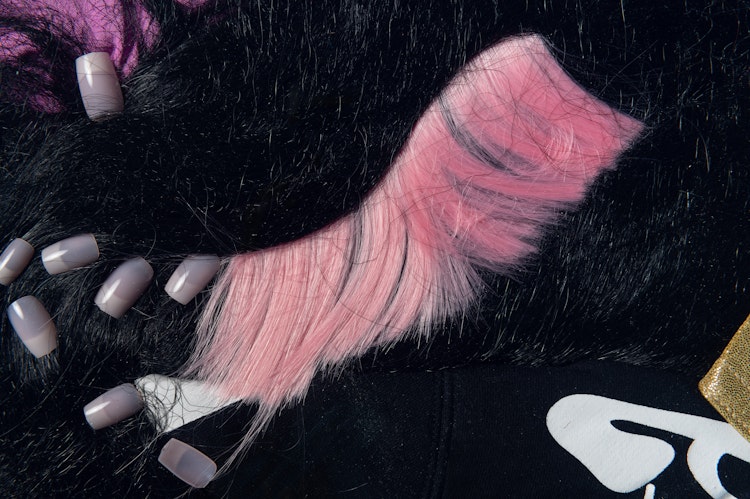





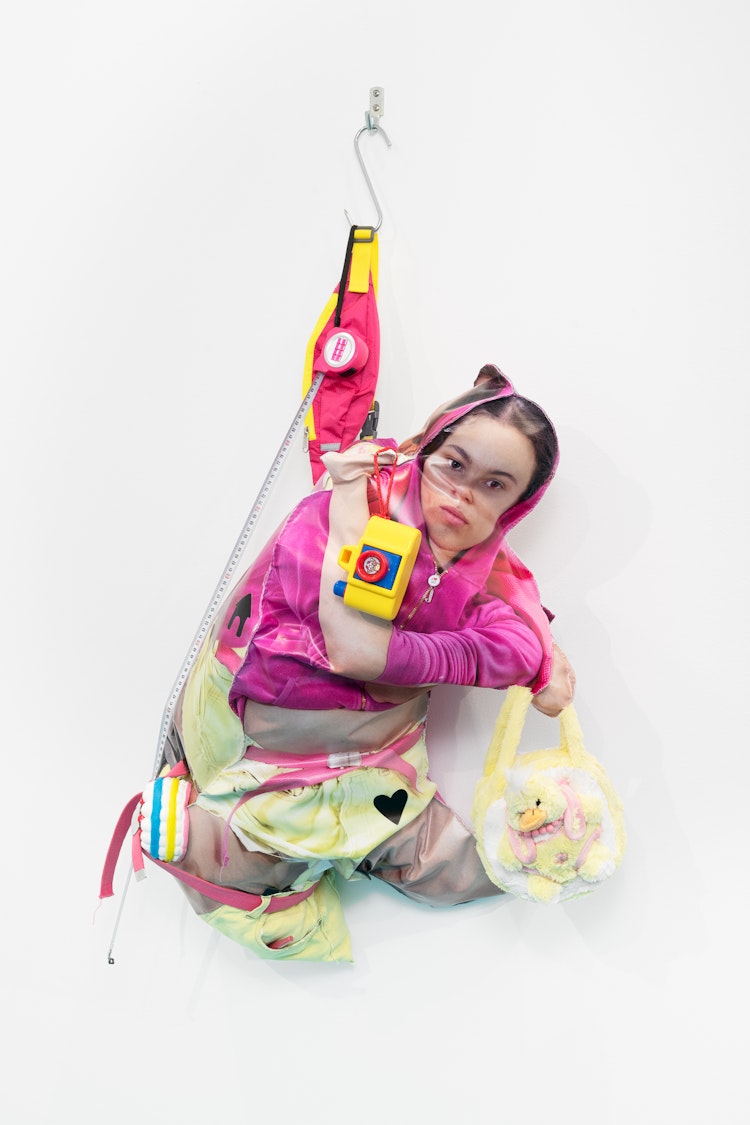


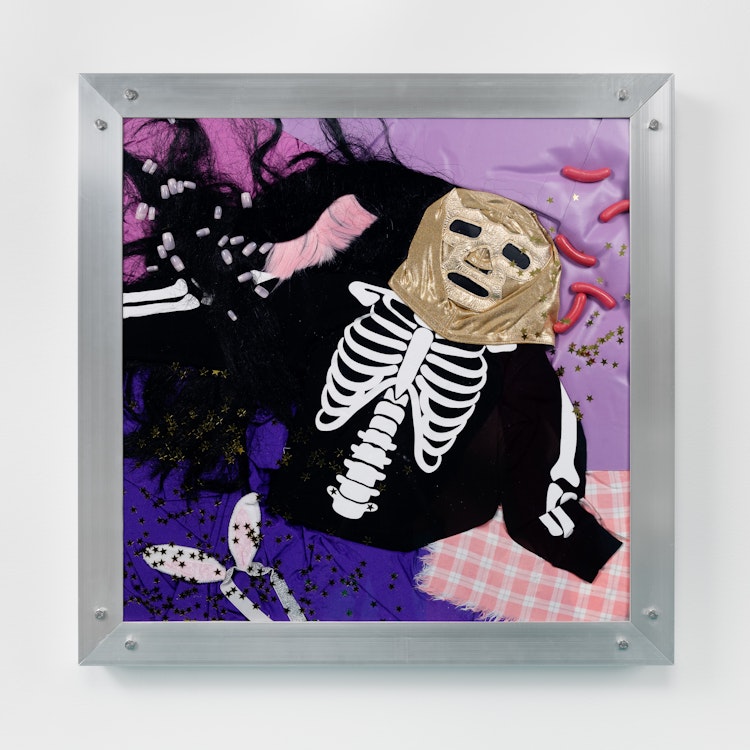


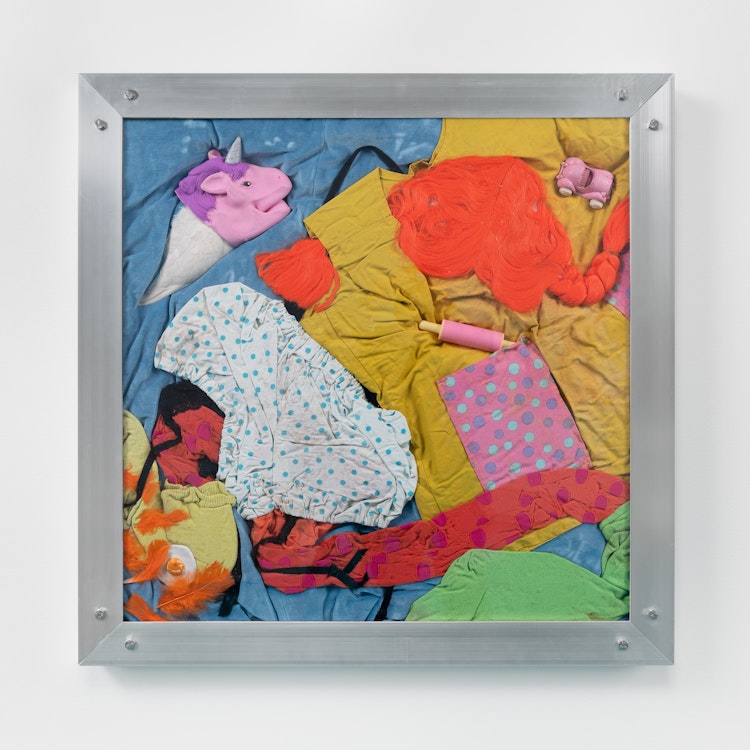

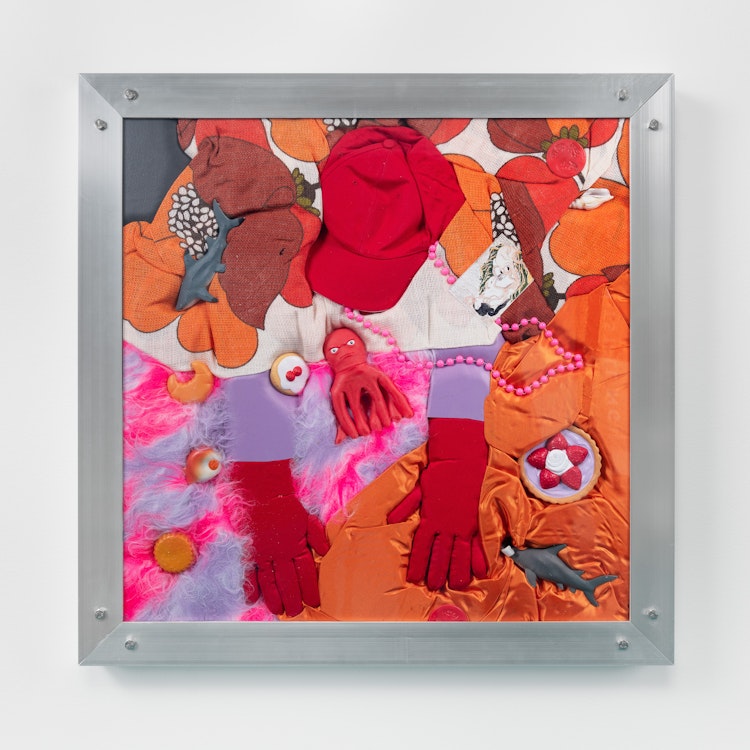
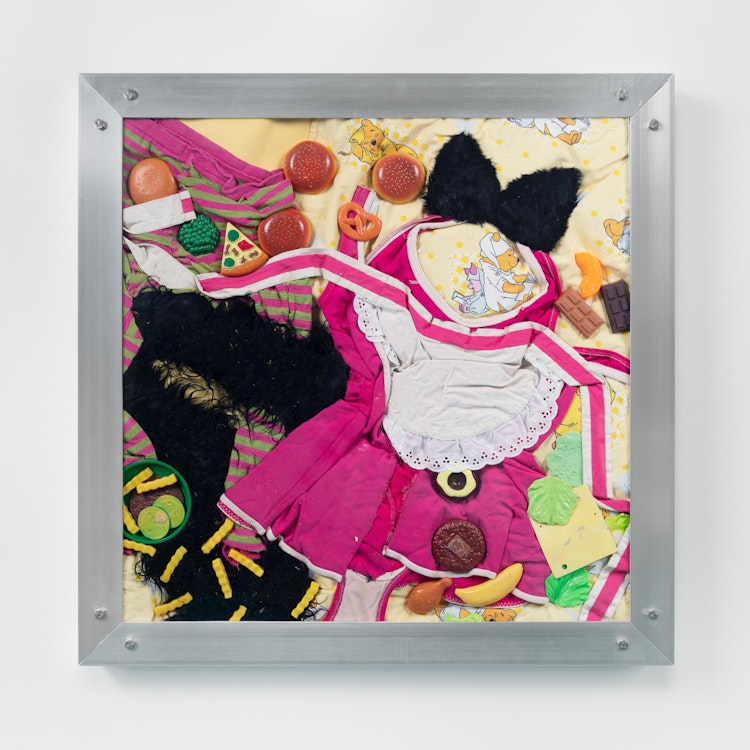
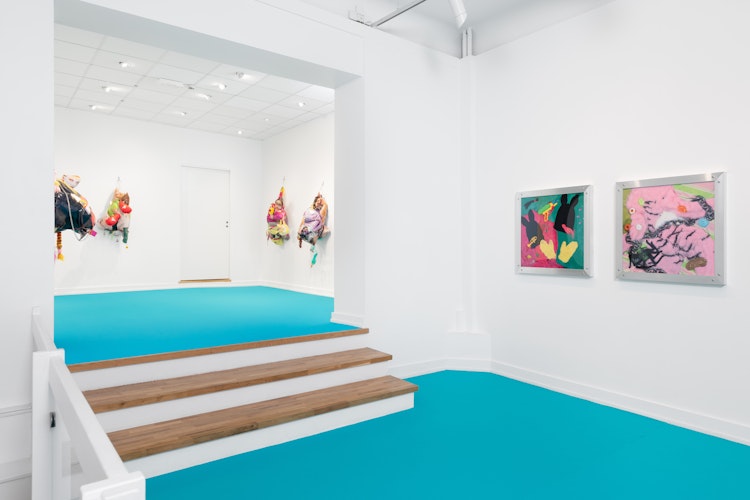
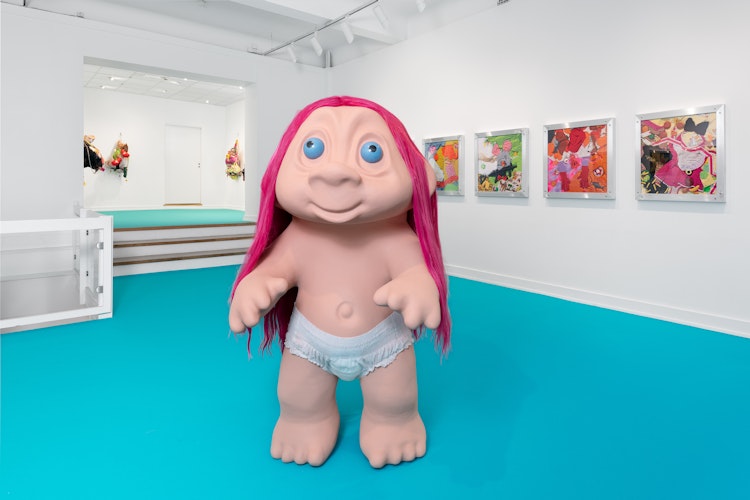

What are you looking for?